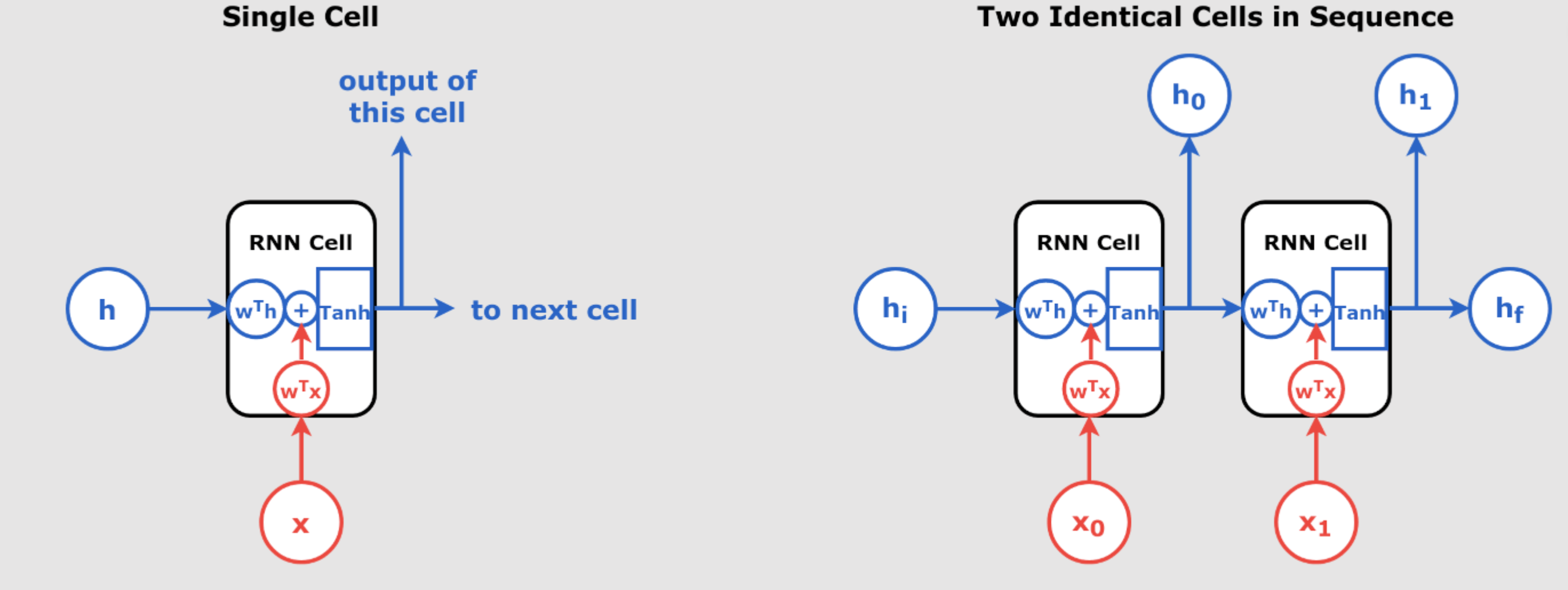Understanding Recurrent Neural Networks (RNNs) and CNNs for Sequence Processing Introduction In the world of deep learning, neural networks have become indispensable, especially for handling tasks involving sequential data, such as time series, speech, and text. Among the most popular architectures for such data are Recurrent Neural Networks (RNNs) and Convolutional Neural Networks (CNNs). Although RNNs are traditionally associated with sequence processing, CNNs have also been adapted to perform well in this area. This blog will take a detailed look at how these networks work, their differences, their challenges, and their real-world applications. Unrolling RNNs: How RNNs Process Sequences One of the most important concepts in understanding RNNs is unrolling. Unlike feedforward neural networks, which process inputs independently, RNNs have a “memory” that allows them to keep track of previous inputs by maintaining hidden states. Unrolling in Time At each time step \( t \), an RNN processes both: The current input \( x(t) \) The hidden state \( h(t-1) \), which contains information from the previous steps The RNN essentially performs the same task repeatedly at each step, but it does so by incorporating past data (via the hidden state), making it ideal for sequence data. Time Step Input Hidden State (Memory) Output t=1 x(1) h(0) = Initial State y(1) t=2 x(2) h(1) = f(h(0), x(1)) y(2) t=3 x(3) h(2) = f(h(1), x(2)) y(3) Figure 1: Unrolling an RNN Over Time Challenges in Training RNNs Despite the power of RNNs in handling sequence data, training them can be problematic due to two key issues: Vanishing Gradients When training RNNs using backpropagation through time (BPTT), the model learns by calculating the gradients of the loss function with respect to each weight. However, as these gradients are passed back through many layers (i.e., time steps), they can become incredibly small. This is known as the vanishing gradient problem, and it prevents the model from learning long-term dependencies in the data. Solution: Architectures like Long Short-Term Memory (LSTM) and Gated Recurrent Units (GRU) were developed to mitigate this issue by allowing the network to better retain information over longer sequences. Lack of Parallelization Unlike CNNs, which can process all inputs simultaneously, RNNs process sequences step-by-step, making them computationally slower. This is especially problematic when dealing with very long sequences or large datasets. Solution: Faster models like CNNs or Transformer models are often used in practice when efficiency is critical, or RNNs are optimized through parallel computing techniques. Applications of RNNs in the Real World RNNs, especially LSTMs and GRUs, have a wide range of applications across industries, including: Natural Language Processing (NLP) RNNs are heavily used in NLP tasks such as: Language Translation: Understanding sequential context allows RNNs to excel in translating sentences from one language to another. Text Generation: RNNs can generate coherent text by predicting the next word based on previous words in the sequence. Time-Series Forecasting In fields like finance and energy, RNNs are used to predict future data points based on historical trends. This is useful for: Stock Price Prediction Energy Demand Forecasting Speech Recognition In speech recognition systems, RNNs are capable of converting spoken language into text by processing sequential audio data. CNNs vs RNN for Sequence Processing Although CNNs are traditionally used for images, they have been adapted for sequential data like audio and text. RNNs focus on long-term dependencies, CNNs excel at detecting local patterns within sequences. How CNNs Process Sequences In sequence processing, CNNs use 1D convolutions to detect short-term relationships in data. For example: In text data, CNNs can recognize word patterns. In audio data, CNNs can detect frequency changes in short time windows. This makes CNNs faster and more parallelizable than RNNs, although they might struggle with long-range dependencies, which RNNs handle better. Feature…
RNN Deep Learning – Part 1 – Day 55


